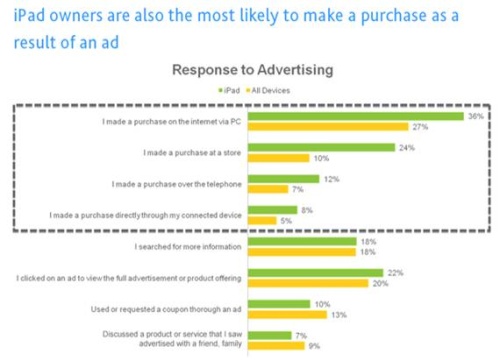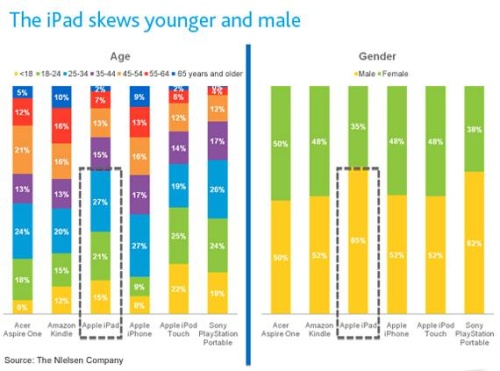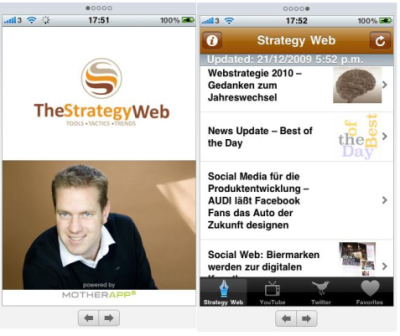Google Survey: 39% US mobile users take their mobiles to the bathroom
 Google published a survey (in partnership with the independant marketing research firm Ipsos OTX) and present insights into how U.S. consumers use their smartphones. A video presents key findings from “The Mobile Movement: Understanding Smartphone Consumers”.
Google published a survey (in partnership with the independant marketing research firm Ipsos OTX) and present insights into how U.S. consumers use their smartphones. A video presents key findings from “The Mobile Movement: Understanding Smartphone Consumers”.
The research, conducted at the end of 2010 among 5,013 US adult smartphone Internet users, was meant to better understand how smartphones are used in consumers’ daily lives and how smartphones have influenced the ways consumers search, shop and respond to mobile advertising.
Some of the key findings of the study don’t show special new insights. However it illustrates that we are not alone anymore in our bathrooms any longer. We are taking our friends, business partners and our social graphs to the bathroom… by using our smartphones like we used to read our newspapers or magazines in the past. Google states that 39% admit to having used their smarthone while going to the bathroom.
Some more findings…
– 93% use smartphones at home
– 81% browse the Internet
– 77% do search for information
– 72% do parallel use of smartphone and other media (over 30% like watching TV)
– 45% use smartphone to manage their daily lives
– 20% would give up their Cable TV for using their smartphone
Obviously, Google wanted to find out how smartphone users access search via their mobiles. And no suprise there as well. Search is the leading website type accessed (77%). It helps consumers access information like News (57%), Dining (51%), Entertainment (49%) , Shopping (47%), Technology (32%), Travel (31%), Finance (26%) and Automotive (17%).
Spot On!
Interesting from a marketer’s perspective is that the report actually finds that mobile advertising is engaging. The research states that after seeing an ad (on print, online or mobile) 71% of users search on their smartphones. A remarkable 82% of users notice mobile ads, and of those 49% purchase (!), 42% click on it, 35% access the website, 27% contact the business. This shows the new power of mobile marketing for companies and that marketers should have a close look at mobile marketing opportunities in the future.
PS: And if 39% of people use their iPhones in the bathroom, I don’t want to know how many use their iPads to read the latest news or watch a video, and how this increases the average “bathroom staying time”…


 Do bank customers want ads in their checking accounts? Whether or not we like it,
Do bank customers want ads in their checking accounts? Whether or not we like it, 







 The world of advertising is changing and becoming more engaging…
The world of advertising is changing and becoming more engaging…